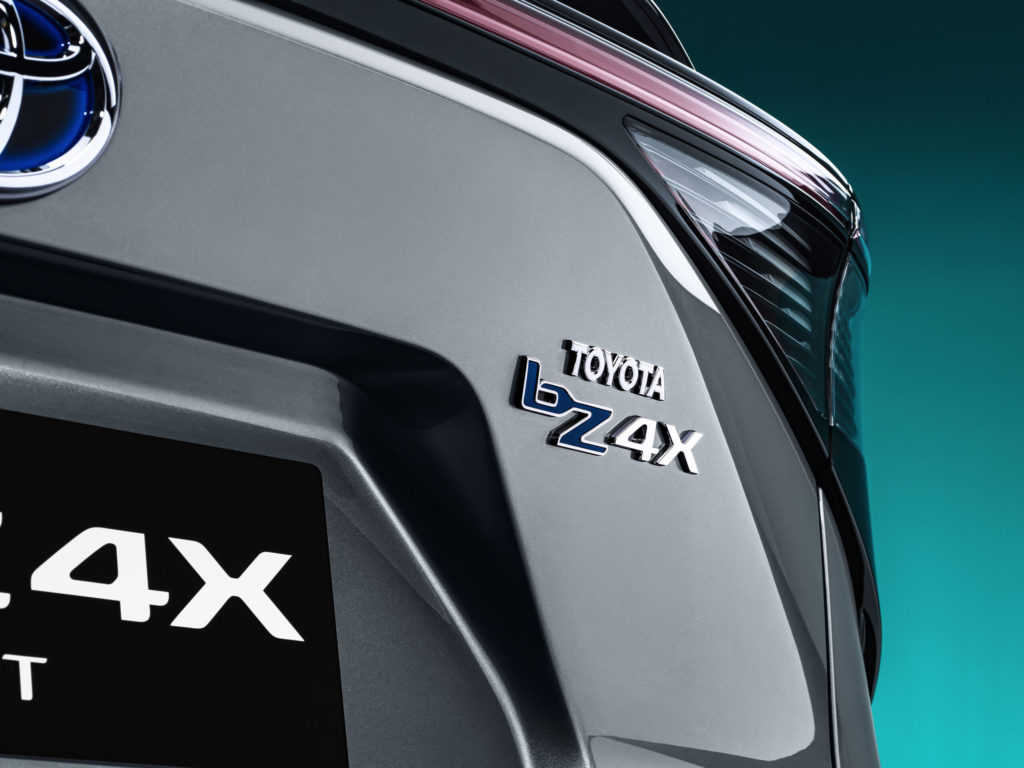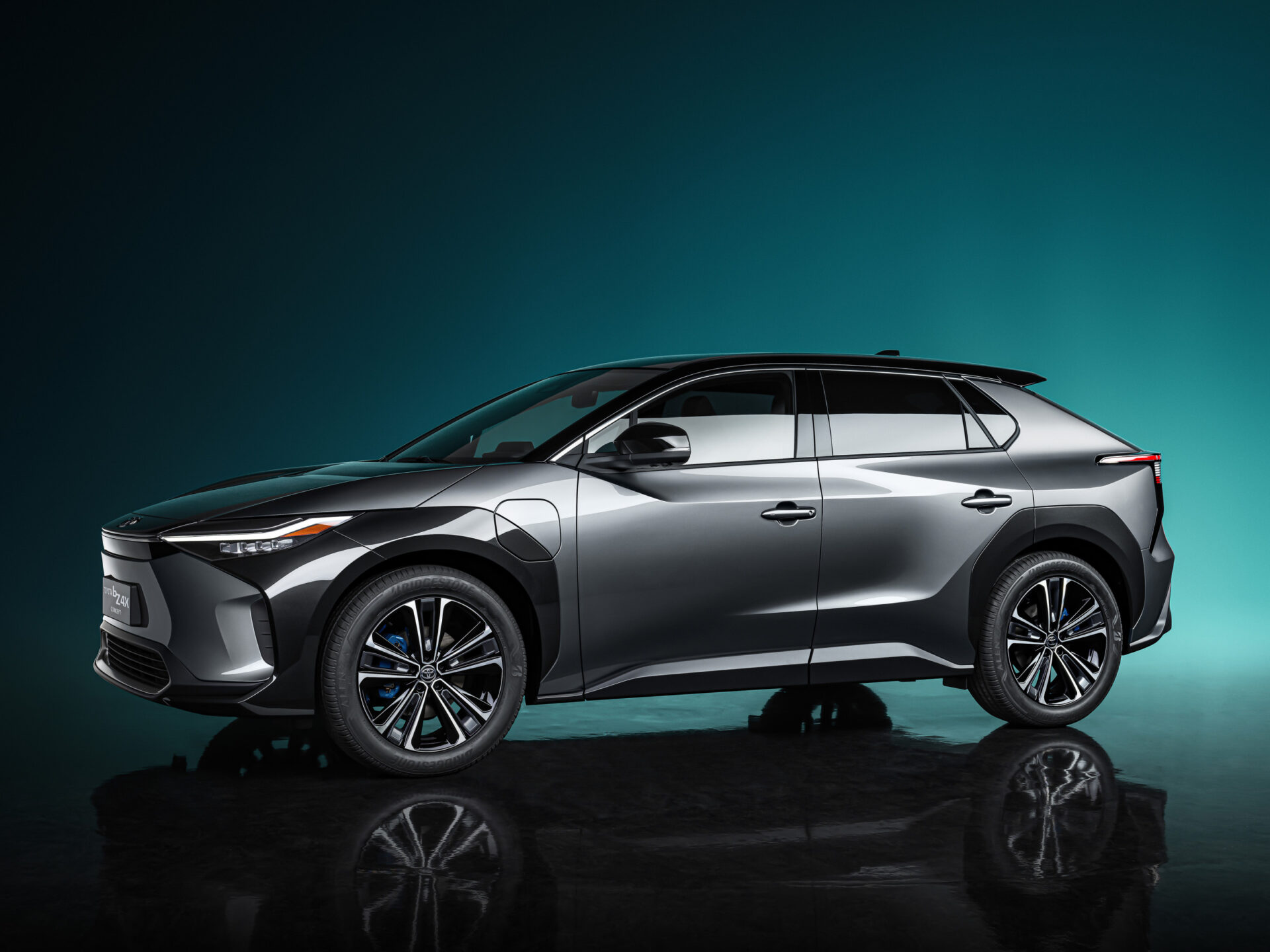Carbon is Our Enemy: Let’s Use Everything We’ve Got to Fight It!
By Dr. Gill Pratt: Chief Executive Officer of Toyota Research Institute (TRI) and an Executive Fellow of Toyota Motor Corporation, shares his thoughts on the necessity of hybrids and plug-in to maximise our limited battery supply and reduce carbon.
I love electrified vehicles. I love them not only because I’ve worked on their development for decades, but because I’ve been deeply concerned about greenhouse gases and climate change since I first learned about them from my father, who worked for the Air Pollution Control division of the New Jersey Department of Environmental Protection.
Today, I live with my family in California, and like my neighbors last year, we watched the sky turn orange with smoke due to extensive wildfires. On the opposite side of the spectrum, we now see unprecedented floods in Europe. Regardless of how much of today’s extreme weather events are directly attributable to climate change, I feel passionately that to prevent even worse catastrophes, we must achieve carbon neutrality, and soon.
Today, besides owning a Toyota Sienna Hybrid Electric Vehicle (HEV) and RAV4 Prime Plug-In Hybrid Electric Vehicle (PHEV), I also own a Tesla model X Battery Electric Vehicle (BEV). I love them all.
In line with my concerns, starting in the late 1980s as a graduate student, research scientist, and faculty member at MIT, I designed power electronics that helped MIT’s solar-electric vehicle team win races around the world. Later I helped our team captain, James Worden, create Solectria Corporation, which made electric vehicle components, early electric vehicles and photovoltaic inverters.
Today, besides owning a Toyota Sienna Hybrid Electric Vehicle (HEV) and RAV4 Prime Plug-In Hybrid Electric Vehicle (PHEV), I also own a Tesla model X Battery Electric Vehicle (BEV). I love them all.
You would think that with all my experience, I would be an enthusiastic proponent of ditching the Internal Combustion Engine (ICE) and switching as soon as possible to pure Battery Electric Vehicles (BEVs). I am not.
Following Science
As a scientist, I know that as with many other natural and man-made systems, a diversity of EV drivetrain types is a better way to prevent climate change than a monoculture of only BEVs. Why is this? For two reasons: First, producing a battery cell costs money, uses natural resources, and produces significant greenhouse gases.
I love my Tesla Model X BEV. But commuting 30 miles in it every day — the average US commute — and recharging it every night is wasteful of the carbon reducing potential of most of its over 300-mile (482km) range battery.
Sometimes we take the Tesla on long trips. But most of the time, 90% of its battery cells aren’t doing any good, and would reduce carbon much more if they were harder at work in other types of electrified vehicles, including HEVs or PHEVs.
For example, we hardly ever put gas into our RAV4 Prime PHEV, which has a battery ⅙ as large as our Model X BEV
– Dr. Gill Pratt: Chief Executive Officer of Toyota Research Institute (TRI) and an Executive Fellow of Toyota Motor Corporation
Maximizing the benefit of every battery cell produced requires that we distribute them smartly.
This means putting them into a greater number of “right sized” electrified vehicles, including HEVs and PHEVs, instead of placing them all into a fewer number of long-range BEVs, like my model X. This is particularly important because presently it is difficult to recycle the kinds of batteries used in BEVs. If we are to achieve carbon neutrality, we must pay attention to all parts of the “3R” process — Reduce, Reuse, and Recycle.
For example, we hardly ever put gas into our RAV4 Prime PHEV, which has a battery ⅙ as large as our Model X BEV. For the same investment in batteries as our single Model X, five other RAV4 Prime customers could reduce their carbon footprint too.
Don’t I think we should try to increase battery production, lower the carbon footprint of electric power plants, and expand rapid charging stations as quickly as possible? Of course I do.
– DR. GILL PRATT: CHIEF EXECUTIVE OFFICER OF TOYOTA RESEARCH INSTITUTE (TRI) AND AN EXECUTIVE FELLOW OF TOYOTA MOTOR CORPORATION
Second, what is best for the average person is not best for every person. Different people have different needs and different circumstances. In some parts of the world, people have access to highly renewable electric power and BEV rapid charging stations. In many other parts of the world, rapid chargers are rare, or electricity is generated with high carbon emissions resulting in BEVs putting more net carbon into the air over their lifetime than PHEVs and in some cases even HEVs.
So, even if the best choice for the average person someday becomes a BEV, it will not be the best way for every person to contribute to reducing carbon emissions, or for the most carbon emissions to be eliminated.
Don’t I think we should try to increase battery production, lower the carbon footprint of electric power plants, and expand rapid charging stations as quickly as possible? Of course I do.

But I also know that in many countries (including the US) much of the easier carbon reduction of electric power plants has already been achieved through conversion of coal and oil burners to natural gas (lowering carbon output by roughly half). Further improvement, such as conversion to green or blue hydrogen, or replacement of thermal power plants by new nuclear, photovoltaic, wind and geothermal plants will be harder, cost more, and take longer, at time scales comparable to and beyond the lifetime of new vehicles.
I believe, as does Toyota, that it would be a tremendous mistake for governments around the world to prescribe narrow solutions like insisting that all vehicles be BEVs.
– DR. GILL PRATT: CHIEF EXECUTIVE OFFICER OF TOYOTA RESEARCH INSTITUTE (TRI) AND AN EXECUTIVE FELLOW OF TOYOTA MOTOR CORPORATION
Ending Carbon Emissions ASAP. So where does this leave us?
The atmosphere accumulates carbon over long periods of time, so the carbon we emit now will be with us for a century or more. Our responsibility is clear: We must eliminate carbon emissions as soon as possible. As a scientist, I know that, to paraphrase Einstein, the solution of how to eliminate carbon as soon as possible should be as simple as possible, but no simpler.
As a result, I believe, as does Toyota, that it would be a tremendous mistake for governments around the world to prescribe narrow solutions like insisting that all vehicles be BEVs. Instead, the better solution is to allow manufacturers to innovate across a diversity of drivetrains and drivers to choose the low-carbon drivetrain that suits their circumstances best.

Carbon is the enemy, not ICEs. In many parts of the world for some time to come, PHEVs and even HEVs will generate comparable or less lifetime carbon than BEVs. We have open-sourced a modeling and simulation tool that shows this. Now to be clear — I still love BEVs, and Toyota expects BEVs and FCEVs will make up 15% of its U.S. sales by 2030.
We are also heavily investing in R&D on new types of batteries, including solid-state batteries and AI tools for discovering and optimising battery performance. But neither Toyota nor I think this is all we should make. By keeping HEVs, PHEVs, BEVs, and FCEVs in the lineup, 70% of Toyota’s vehicles will be electrified by 2030.
This approach — of diverse solutions for diverse circumstances — is exactly what the phrase “think globally, act locally” means to me. And I sincerely believe it is the best way to reduce the most carbon emitted into the atmosphere as soon as possible.

